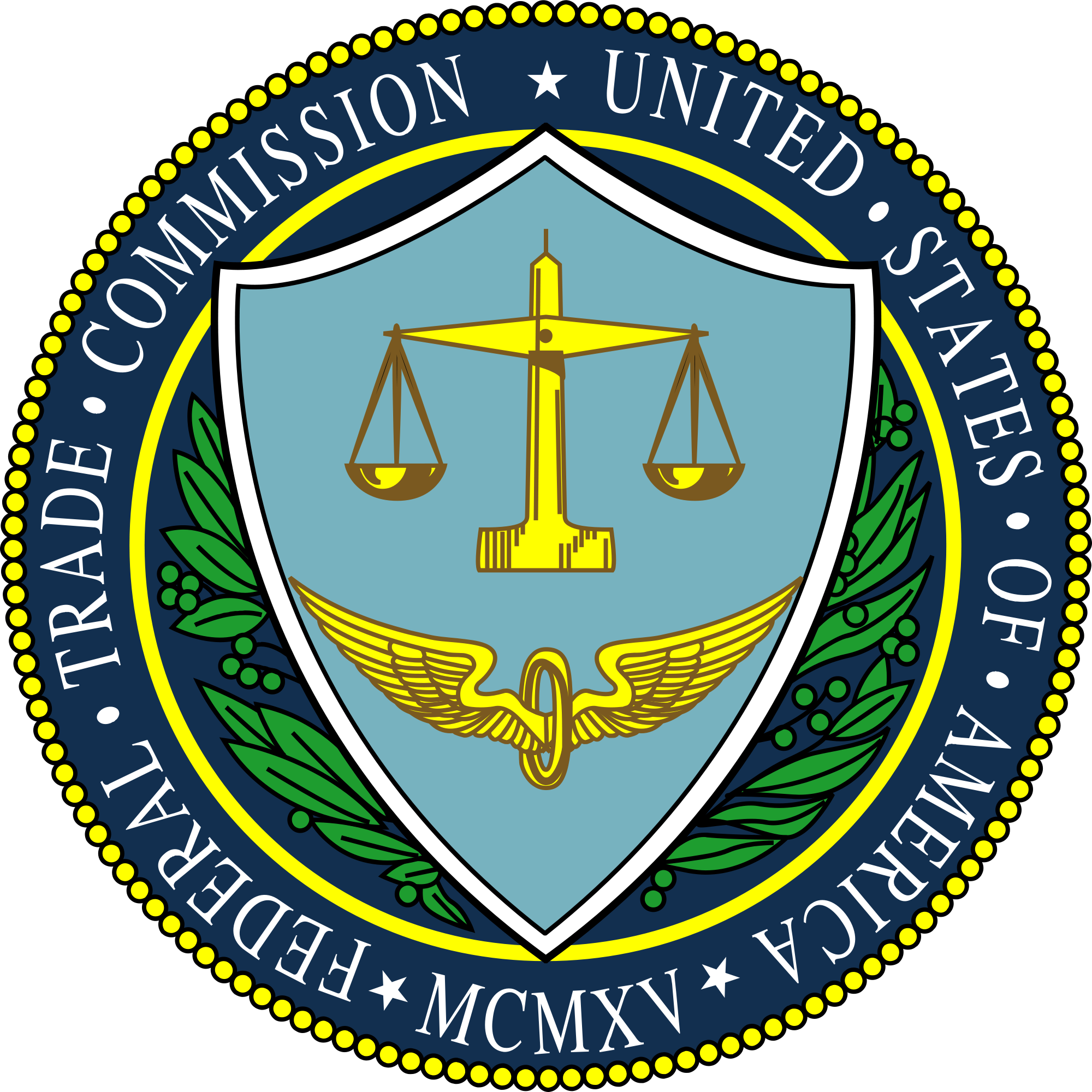 |
| King giving his famous speech |
In his "I Have a Dream" speech, Martin Luther King Jr. spoke in support of racial justice. King first mentioned Abraham Lincoln, whose memorial he spoke in front of. He referenced the Emancipation Proclamation, Lincoln's call for the end of slavery, to say that the end of slavery was a step in the right direction, but there is still great strides that need to be taken in the fight for equality. He then discusses how the Declaration of Independence was a false promise for blacks, as they do not have full freedom to "life, liberty, and the pursuit of happiness." He calls these freedoms a "bad check" that blacks cannot cash, but are ready to cash in and reap the benefits. However, while equality should be a given right, he said that people cannot sit around and expect justice to happen - now was the time for change. At the same time, however, this fight for justice cannot lead to hatred and violence between races. He added that black people will not stop fighting until they receive equal treatment as white people. Finally, at the end of the speech, he repeats the famous phrase of "I have a dream." He uses this repetition to depict the great things that would happen if black people earned equality. People are judged for their character on the inside rather than the skin color on the outside. And he hopes that black and white people can be kind to each other and not create a divide over the fight for justice.
 |
| Sojourner Truth |
King's speech is similar to Sojourner Truth's "Ain't I a Woman?" speech. In both instances a person is fighting for equality of a group that experienced injustice - in Truth's case, women, and in King's case, black people. In addition, both speeches are named and recognized for the repetition of a phrase that makes the speech powerful by showing the injustice or what could happen if the injustice was no longer.

